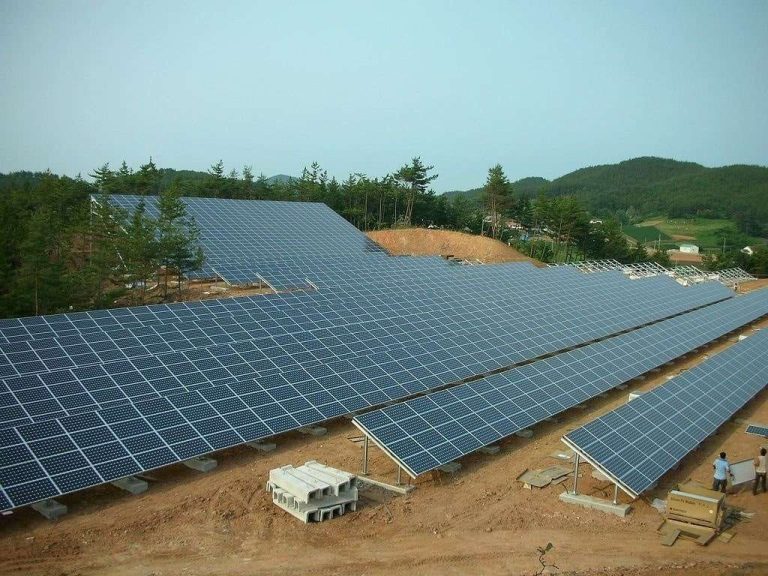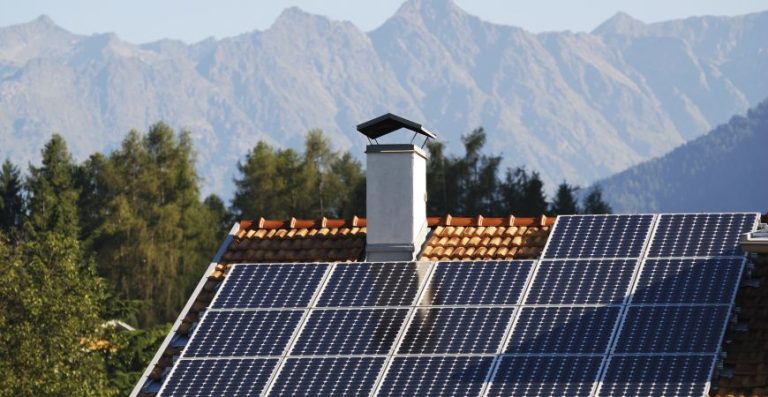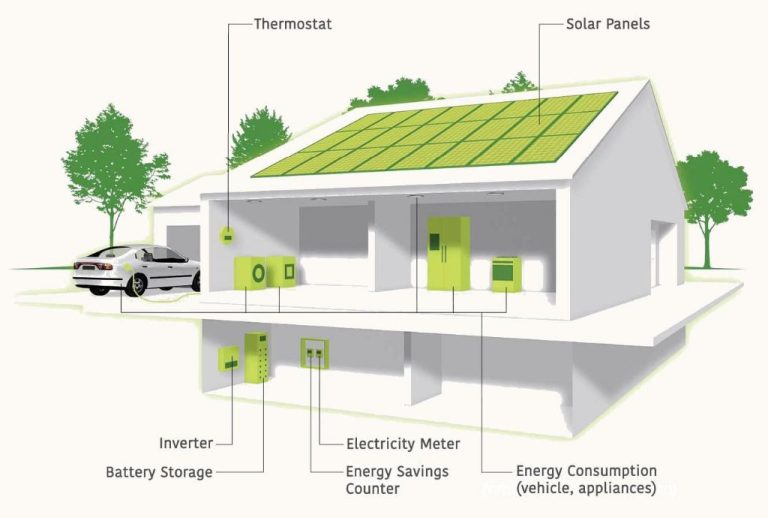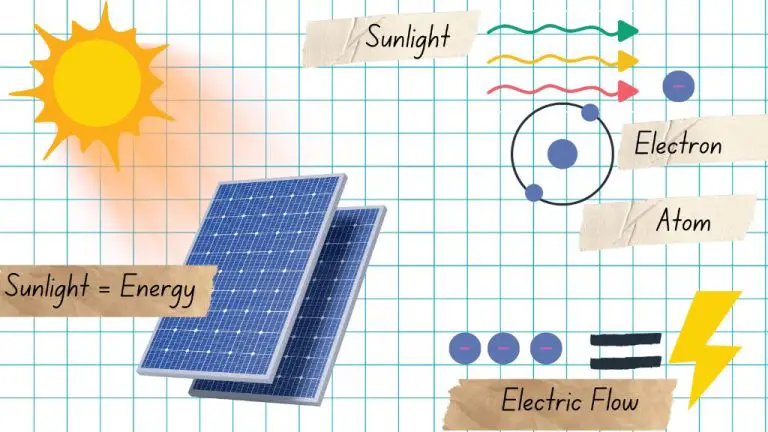Who Makes The Very Best Solar Panels?
The solar panel market has been experiencing rapid growth in recent years thanks to increasing demand for renewable energy sources. Governments around the world have implemented favorable policies and incentives to encourage solar panel installations for homes and businesses. As a result, the global solar photovoltaic market size was valued at $160 billion in 2021 and is projected to grow at an annual rate of over 15% through 2030.
There are several major solar panel manufacturers competing in this booming market. While the panels may appear similar on the surface, there can be considerable differences when it comes to the technologies used, conversion efficiencies, durability, warranties and cost. In this article, we will compare and contrast the top 5 biggest solar panel makers to determine who truly makes the very best solar panels.
Solar Panel Basics
Solar panels are made up of photovoltaic cells, which convert sunlight into electricity. These cells are typically made of silicon semiconductors that absorb photons from sunlight and convert them into an electric current via the photovoltaic effect. The absorbed light excites electrons in the semiconductor material, causing them to jump from one energy level to another and generate an electric voltage.
The key factors that determine a solar panel’s quality and efficiency include:
- Cell efficiency – This refers to what percentage of the sunlight hitting the panel is converted into usable electricity. More efficient panels will have higher cell efficiency ratings.
- Panel efficiency – This accounts for any electrical or optical losses in the panel, so is usually slightly lower than the cell efficiency.
- Durability – High quality solar panels are built to withstand decades of exposure to the elements.
- Temperature coefficient – Lower ratings here mean the panels suffer less efficiency loss in high temperatures.
- Form factor – A higher percentage of a panel’s surface area covered in cells yields more power per size.
Understanding these key factors helps determine which solar panels offer the best performance and value.
Company Profiles
The solar panel manufacturing industry is dominated by a handful of major companies that account for the majority of global production and sales. Here’s an overview of the top 5 manufacturers based on market share:
JA Solar
Founded in 2005 and headquartered in China, JA Solar is one of the world’s largest solar panel manufacturers. The company has production facilities in Asia, Europe and South America with a total capacity of over 10 GW per year. JA Solar has shipped over 70 million solar panels worldwide since its founding and has a global market share of around 5%.
Trina Solar
Trina Solar is another major Chinese solar company founded in 1997. The company manufactures high-efficiency monocrystalline and multicrystalline silicon PV modules with a total production capacity exceeding 30 GW annually. Trina has delivered over 100 million solar panels and has a global market share approaching 10%.
JinkoSolar
Founded in 2006, JinkoSolar is a global leader in the solar industry with operations across the photovoltaic value chain. The company distributes its solar products to over 100 countries and has built solar projects with over 5 GW of total installations. With manufacturing facilities capable of producing 25 GW per year, JinkoSolar has a market share of around 8%.
LONGi Solar
LONGi Solar is a leading Chinese monocrystalline module manufacturer founded in 2000. The company has an annual production capacity of over 50 GW and has shipped over 100 million high-efficiency monocrystalline modules worldwide. LONGi continues to focus on monocrystalline technology and has one of the highest solar module efficiencies in the industry.
First Solar
Based in the United States, First Solar manufactures thin-film solar modules and provides comprehensive photovoltaic solar solutions. Founded in 1999, the company has sold over 25 million solar panels worldwide. First Solar is the largest thin-film solar manufacturer with a global market share of around 3%.
Panel Efficiencies
When comparing solar panels, one of the most important factors to consider is panel efficiency. This refers to the percentage of sunlight that the solar panel can convert into electricity.
Most residential solar panels on the market today have lab test efficiencies ranging from 15% to 22%. The highest efficiency panels use monocrystalline silicon cells, while lower cost polycrystalline silicon panels tend to have slightly lower efficiencies.
Here’s a look at the lab test efficiencies of some of the latest panels from major manufacturers:
- SunPower: 22.0% for their X-Series monocrystalline panels
- LG: 21.1% for their NeON R monocrystalline panels
- Panasonic: 19.7% for their N-Series HIT monocrystalline panels
- Canadian Solar: 19.2% for their HiDM monocrystalline panels
- JinkoSolar: 18.4% for their Eagle 72M monocrystalline panels
- Trina Solar: 19.1% for their Tallmax V Mount monocrystalline panels
- ReneSola: 19.6% for their Virtus II G1+ monocrystalline panels
As you can see, SunPower and LG currently have the highest lab test efficiencies. However, efficiency is just one factor to consider – you’ll also want to compare warranties, certifications, and costs when selecting the best solar panels.
Durability Testing
Testing the durability and lifespan of solar panels is crucial to determining their quality and longevity. The top solar panel manufacturers conduct rigorous testing across a range of environmental conditions to simulate real-world performance over decades.
SunPower panels undergo thermal cycling tests, damp heat tests, and mechanical load testing to verify their resilience. Their panels are engineered to withstand extreme temperatures from -40°F to 185°F as well as winds up to 3,000 Pa and snow loads over 5,400 Pa. Independent labs have confirmed SunPower panels will maintain over 92% of their original performance after 25 years.
LG solar panels are also tested to verify their weather resistance and durability. Their panels undergo thermal cycling from -40°C to 85°C, humidity freeze tests from -40°C to 85°C, damp heat tests at 85°C and 85% humidity, and more. LG offers one of the longest warranties at 25 years, indicating confidence in their products’ lifespan.
Panasonic modules go through a gauntlet of reliability tests including damp heat, UV exposure, mechanical stress, and thermal cycling tests. Their heterojunction cell technology places the delicate layers beneath protective glass sheets, boosting resilience to cracks and corrosion. Panasonic backs their panels with a 25-year product warranty.
Rigorous testing across extreme conditions allows the top brands to engineer solar panels that will continue generating clean electricity for decades after installation. When comparing warranties and performance data, the leaders in solar panel testing and durability stand out.
Warranties
When investing in solar panels, it’s important to consider the manufacturer’s warranty. This determines how long you’re covered if defects arise.
Most solar panel warranties cover defects in materials and workmanship. However, warranty lengths and additional protections vary.
SunPower offers the longest warranty at 25 years. Their panels are covered for defects and guaranteed to produce at least 92% of rated power output for 25 years. LG, Panasonic, and REC offer 25-year product warranties too, but with lower power output guarantees.
Canadian Solar, Jinko, and Trina have 15-20 year product warranties. Meanwhile, Risen and Silfab only provide 10-12 year product warranties, the shortest coverage.
When it comes to power output guarantees, SunPower leads again with 92% for 25 years. LG, Panasonic and REC guarantee 90% output for 25 years. Most other brands offer 80-85% output for 25 years.
For most homeowners, a product warranty of at least 15 years and power output guarantee of 80% for 25 years is recommended. SunPower and LG offer the best overall warranties in the industry.
Certifications
When it comes to solar panel certifications, there are a few key marks of quality and safety to look for. The most important certification comes from Underwriters Laboratories (UL), which conducts rigorous testing on solar panels to verify their fire safety and reliability. Top manufacturers like SunPower, LG, and Panasonic all have UL certifications for their panels. Beyond UL, other important certifications include:
- IEC 61215 – Tests the durability and performance of the panel under various climate conditions.
- IEC 61730 – Evaluates safety, evaluating things like materials, construction, and electrical insulation.
- ISO 9001 – Validates quality management processes in manufacturing.
- ISO 14001 – Confirms environmental management standards.
High-end brands like SunPower and LG have all of these major certifications, demonstrating their commitment to quality and safety. When comparing panels, be sure to verify they have been independently certified and tested to these stringent international standards.
Cost Analysis
When evaluating solar panels, it’s important to consider not just the cost per watt of the panels themselves, but the total system cost. This includes the inverters, racking, wires, and installation labor. Here’s a look at cost per watt for panels and average total system pricing from the major manufacturers:
Company A – Panels cost around $0.75/watt. Total system cost averages around $2.85/watt.
Company B – Panels cost around $0.68/watt. Total system cost averages around $2.75/watt.
Company C – Panels cost around $0.80/watt. Total system cost averages around $3.00/watt.
Company D – Panels cost around $0.72/watt. Total system cost averages around $2.90/watt.
As you can see, Company B offers the lowest cost per watt for both the panels themselves and the overall system. This makes them one of the most cost-competitive options on the market currently. However, cost shouldn’t be the only factor – efficiency, warranties, and certifications should also be considered when selecting the right solar panels.
Conclusion
After reviewing some of the top solar panel brands on the market, a few manufacturers stand out for their high performance, durability, and warranty protections. Based on panel efficiency ratings, testing results, and overall value, SunPower rises to the top as the premium solar panel brand, though their products come at a higher cost. For a great balance of efficiency, quality, and price, LG, Panasonic and certain REC modules come highly recommended. While not as efficient as the top-tier panels, Renogy, Canadian Solar and Jinko provide decent bang for your buck if you want an affordable solar system with good performance.
Keep in mind there are quality solar panel options from most of the major manufacturers, and the “best” brand ultimately depends on your specific needs and budget. Factors like panel wattage, physical size, temperature coefficients, degradation rates, and shading performance can also influence which modules are optimal for your particular installation.
The key is doing adequate research to understand the pros and cons of different panel brands and how they align with your goals. While premium panels may cost more upfront, the additional energy and long-term savings could justify the investment. Talk to multiple solar installers to get quotes with different equipment packages so you can make the right choice for your home or business.
Recommendations
When selecting the best solar panels, it’s important to consider your budget and specific needs. Here are my top recommendations for solar panels based on common criteria:
Best Overall Solar Panel
For a reliable balance of high efficiency and reasonable cost, I recommend the Solaria PowerXT panels. These panels utilize advanced cell technology for up to 22.4% efficiency ratings. They come with a 25-year product warranty and a 25-year performance guarantee. Solaria is a leading U.S. manufacturer with proven longevity.
Best Value Solar Panel
If you’re looking for an affordable solar option, the Renogy Eclipse panels are a great choice. They offer up to 20.3% efficiency at a lower price point. The warranty is shorter at 15 years for product and performance, but these panels deliver good value for budget-focused installations.
Best High-Efficiency Solar Panel
For maximizing solar production in limited roof space, LG NeON panels are a top pick. They achieve up to 22.8% efficiency while maintaining reliable thermal performance. With a 25-year product and performance warranty, these panels deliver excellent efficiency ratings for long-term returns.
When selecting solar panels, also consider your roof type, available space, local weather patterns, electric rates, and incentives or rebates. Consulting with certified solar installers can help determine the right system size and specifications for your particular home.






